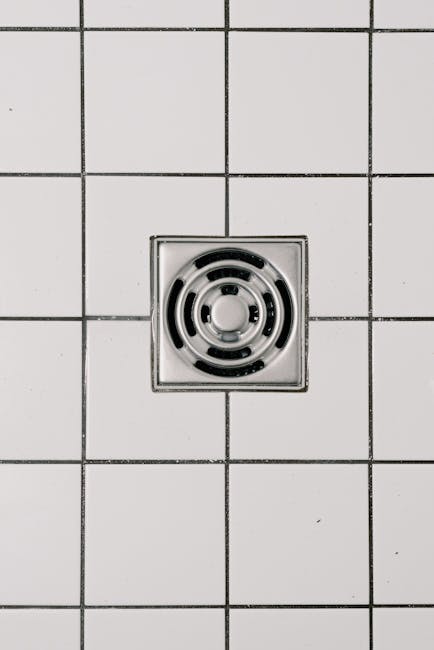 The Art of Failure Analysis: Unraveling the Mysteries of Equipment Failure
The Art of Failure Analysis: Unraveling the Mysteries of Equipment Failure
Failure analysis is a crucial process that helps organizations identify the root causes of equipment failure, reducing downtime, and increasing overall efficiency. A failure analysis expert is a professional who specializes in investigating and diagnosing the reasons behind equipment failure, providing valuable insights to prevent future occurrences. In this article, we will delve into the world of failure analysis, exploring the importance of this process, the role of a failure analysis expert, and the steps involved in conducting a thorough investigation.
The Importance of Failure Analysis
Equipment failure can have significant consequences, including financial losses, damage to reputation, and even safety risks. In today’s fast-paced and competitive environment, organizations cannot afford to experience downtime or equipment failure. Failure analysis helps organizations identify the root causes of failure, allowing them to take corrective action and prevent future occurrences. By understanding the reasons behind equipment failure, organizations can implement measures to improve maintenance, reduce downtime, and increase overall efficiency.
The Role of a Failure Analysis Expert
A failure analysis expert is a professional who specializes in investigating and diagnosing the reasons behind equipment failure. These experts possess a deep understanding of mechanical systems, materials science, and analytical techniques. Their primary role is to conduct a thorough investigation, gathering data and evidence to identify the root causes of failure. Failure analysis experts work closely with clients to understand the equipment’s operating conditions, maintenance history, and any relevant documentation. They then use their expertise to analyze the data, identifying the factors that contributed to the failure.
Conducting a Thorough Investigation
Conducting a thorough investigation is a critical step in the failure analysis process. A failure analysis expert will typically begin by gathering data and evidence from the failed equipment, including visual inspections, material samples, and documentation. They will then use various analytical techniques, such as microscopy, spectroscopy, and mechanical testing, to analyze the data and identify the root causes of failure. The expert will also consider factors such as operating conditions, maintenance history, and design flaws, to provide a comprehensive understanding of the failure.
Types of Failure Analysis
There are several types of failure analysis, each with its own unique challenges and complexities. Some common types of failure analysis include:
* Mechanical failure analysis: This type of analysis focuses on the mechanical aspects of equipment failure, including stress, fatigue, and wear.
* Materials failure analysis: This type of analysis examines the properties and behavior of materials, including corrosion, cracking, and degradation.
* Electrical failure analysis: This type of analysis investigates electrical failures, including short circuits, overheating, and insulation breakdown.
Benefits of Failure Analysis
Conducting a thorough failure analysis provides numerous benefits to organizations, including:
* Improved equipment reliability: By identifying the root causes of failure, organizations can implement measures to prevent future occurrences, reducing downtime and increasing overall efficiency.
* Reduced maintenance costs: Failure analysis helps organizations identify areas where maintenance can be improved, reducing costs and increasing productivity.
* Enhanced safety: By understanding the reasons behind equipment failure, organizations can take corrective action to prevent accidents and ensure a safer working environment.
* Increased customer satisfaction: By providing reliable equipment and services, organizations can improve customer satisfaction and loyalty.
Challenges of Failure Analysis
Conducting a thorough failure analysis can be a complex and challenging process. Some common challenges include:
* Limited data: In some cases, the data available may be limited, making it difficult to identify the root causes of failure.
* Complex systems: Equipment failure can be caused by complex interactions between multiple components, making it challenging to identify the root causes.
* Time constraints: Failure analysis must be conducted quickly, as delays can result in significant financial losses and downtime.
Best Practices for Failure Analysis
To ensure the success of a failure analysis, organizations should follow best practices, including:
* Establishing clear goals and objectives: Clearly define the scope and objectives of the failure analysis to ensure a focused investigation.
* Gathering comprehensive data: Collect all relevant data and evidence, including visual inspections, material samples, and documentation.
* Collaborating with experts: Work closely with failure analysis experts to ensure a thorough and comprehensive investigation.
* Documenting findings: Document all findings and recommendations, providing a clear and concise report to stakeholders.
Conclusion
Failure analysis is a critical process that helps organizations identify the root causes of equipment failure, reducing downtime and increasing overall efficiency. A failure analysis expert is a professional who specializes in investigating and diagnosing the reasons behind equipment failure, providing valuable insights to prevent future occurrences. By understanding the importance of failure analysis, the role of a failure analysis expert, and the steps involved in conducting a thorough investigation, organizations can improve equipment reliability, reduce maintenance costs, and enhance safety.
A Quick Overlook of – Your Cheatsheet
Where To Start with and More
Understanding Diesel Truck Repair: Key Insights and Considerations
 Choosing the Best Air Duct Cleaning Company: A Comprehensive Guide
Choosing the Best Air Duct Cleaning Company: A Comprehensive Guide Drain Cleaning Glendale CA: A Comprehensive Guide to Unclogging Your Pipes
Drain Cleaning Glendale CA: A Comprehensive Guide to Unclogging Your Pipes
 The Importance of Professional Carpet Cleaning Services in Fort Wayne, IN
The Importance of Professional Carpet Cleaning Services in Fort Wayne, IN